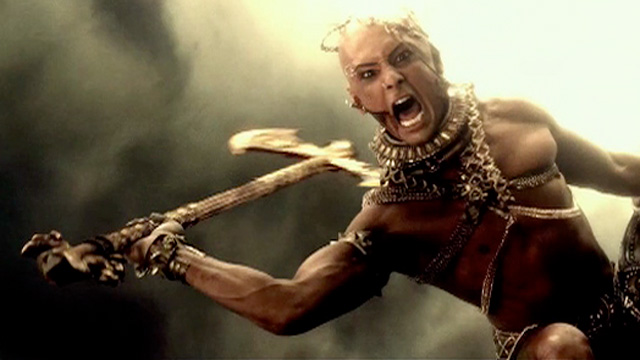“You are pretty unnoticeable, aren’t you? You’re a bit of a
non-person!” – This is how Simon James (Jesse Eisenberg), our protagonist is
described by one of his co-workers. To his face. He admittedly has got a point:
no one seems to care about or even notice Simon. He works a boring office job.
He doesn’t receive credit for his work. Hannah (Mia Wasikowska), the girl he is
in love with, ignores him. Even the office elevator seems to hold a personal
grudge against him. He is all but invisible to the world around him.

Then, inevitably, someone else turns up and steals his
dreams from under his nose. Less inevitably, this person is Simon’s exact
doppelgänger. James Simon (Eisenberg again) looks and sounds exactly like Simon
James (the difference being that the former is confident and imposing), a
peculiarity which no one seems to notice. Slowly, James becomes everything
Simon wants to be, manipulating and humiliating him in the process.
I recently saw The
Double for the second time at a preview screening, courtesy of the lovely
folk of the Duke of York’s Picturehouse in Brighton. The film very much holds
up on second viewing. It is loosely based on a novella by Dostoyevsky, but director
Richard Ayoade (Submarine) replaces
the setting in rural, 19th century Russia for a dark, moody fantasy-world,
not too dissimilar to Terry Gilliam’s Brazil.
It is a subjective environment; we look at the world through Simon’s eyes. It looks
like a futuristic Soviet union and is shot in an almost expressionistic style,
filled with sharp, contrasting shadows and striking lights. There is no
daylight. Everything is a little odd: the songs are Japanese pop songs and
there is a science-fiction cop-show starring Paddy Considine on TV. Like Simon,
we can’t really make sense of it all.
While the visual style is in many ways a (skilfully assembled)
hybrid of various cinematic predecessors (Gillam, Wes Anderson amongst others),
it is through the comedy that Ayoade shines through. The humour, which ranges
from morbid to silly, keeps the story going and prevents it from becoming too
dark. We laugh at Simon’s misfortune, but thanks to Eisenberg’s performance, we
never lose affection for the character, which could become pathetic in lesser
hands. Chris O’Dowd, who hilariously cameos as a nurse, is worth a special
mention.
The Double is a
very peculiar, but intriguing film. Movies about introverted, lonely people are
very difficult to pull off, but Ayoade manages to put an interesting spin on
the story. It is consistently funny and appealing to look at. It may not be a
masterpiece or a classic for the ages, but it confirms Richard Ayoade as one of
the most promising and skilful young filmmakers working in British cinema
today.
Rating: ★★★★
Rating: ★★★★




